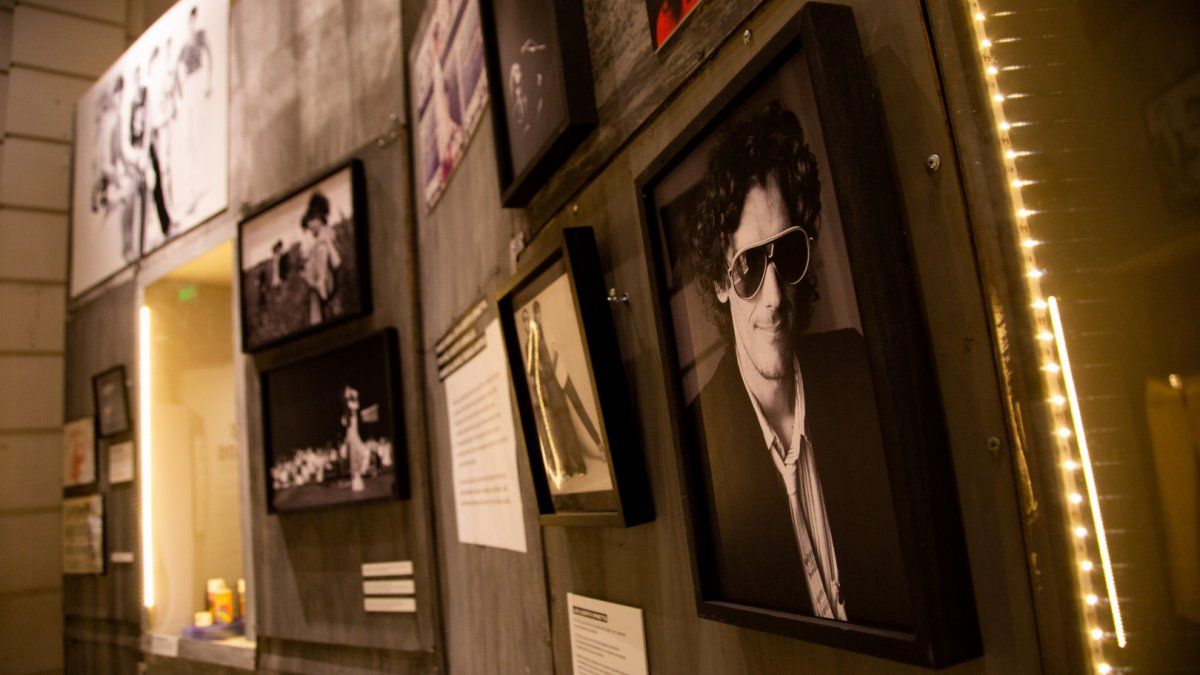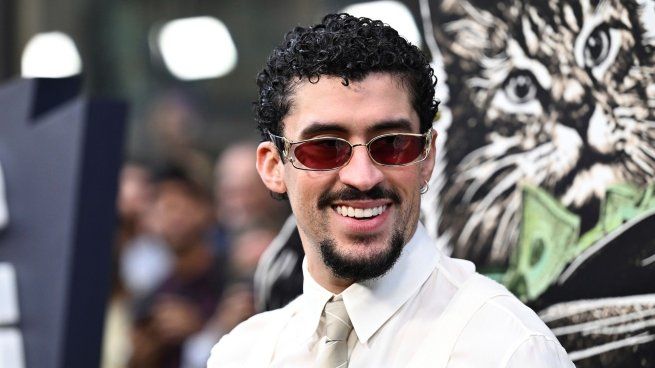This cycle of documentaries on the rock of the time, which will also have the presence of its directors, will be held on Fridays in February, March and April at 8:30 p.m., outdoors, at the museum’s headquarters, Defensa 1,600. The activity is free and free admission but it is suspended due to rain.
With the subtitle “The 80s on the screen”, “Rockumenta” will continue on February 11 with the screening of “Good day, day” dedicated to the musician Miguel Abuelo, directed by Sergio Costantino and Eduardo Pinto, while on February 18 will see “Stud Free Pub. A Good Story” by Ariel Raiman.
On February 25 it will be the turn of “The amazing journey of Patricio Rey and his Redonditos de Ricota”, a documentary from 2014, by the Luddista Command, dedicated to reviewing the history of the gang responsible for the largest pogo in the world.
Documentaries such as “Parakultural” or “City of Poor Hearts” and unpublished archive material from Sumo and “Imágenes paganas” will then be seen on March 4, 11, 18 and 25, respectively.
April at the museum will be the turn for the screening of “Contempt for authority: stories of punks in Argentina” on the 1st of the month; the film “Luca”, by Rodrigo Espina (April 8); “Héroxs del 88” by Luis Hitoshi Díaz (on the 15th) and “Noche metalera” with archive material from V8 and Hermética, on the 22nd.
Finally, the closure of the audiovisual cycle will be on April 29 with “Blues of the leads”, by Gabriel Patrono and Paulo Soria, dedicated to a fundamental figure of those historic recitals, in charge of moving the instruments of the musicians celebrated by the exhibition.
The “Los 80” exhibition, which can be visited until May 30, brings together more than 800 objects, including instruments, photographs, costumes, records, original designs and magazines from the time that trace a journey from Charly to Los Redondos and the Grandparents from Nothing to Soda Stereo.
The history of rock in Argentina is also the history of the country. And that is why the itinerary of the exhibition goes from the Falklands War in 1982, and that absurd military ban on broadcasting music in English on radio -which gave an unusual rise to the phenomenon-, to the massive recital that Soda Stereo gave free on 9 de Julio avenue, in 1991, before 250 thousand people.
The itinerary includes the suitcase with the clothes and the records with which Luca Prodan arrived in Argentina looking to get away from his heroin addiction; a suit from the first shows of Los Auténticos Decadentes; the original art by Rocambole for the covers of the Redondos albums and an emblematic guitar by David Lebón, one by Gustavo Cerati and another by León Gieco.
You can also see the corduroy-like black blazer, hand-painted with planets, stars and colorful constellations that García once again premiered at the “Parte de la Religion” presentation concerts, or the Fender Electric XII Sunburst 12-string electric guitar, from 1965, which belonged to Gustavo Cerati and which the musician used in the recordings of “Canción animal”.
With this exhibition, the museum set out to condense the music of a decade crossed by hymns already anchored in the collective unconscious: “A thousand hours” by Los Abuelos de la Nada, “I thought it was about blind people” by Los Twist, “Tira para above” by Miguel Mateos (exZAS), “When the tremor passes” by Soda Stereo, “La blonde tarada” by Sumo, “One, two, ultraviolent” by Los Violadores, “Imágenes paganas” by Virus, “Hee hee hee” by Patricio Rey and his Ricotta Rounds, “Demoliendo hotels” by Charly García, “11 y 6” by Fito Páez or “Lollipop” by Viuda e Hijas de Roque Enroll.
Source: Ambito
David William is a talented author who has made a name for himself in the world of writing. He is a professional author who writes on a wide range of topics, from general interest to opinion news. David is currently working as a writer at 24 hours worlds where he brings his unique perspective and in-depth research to his articles, making them both informative and engaging.




